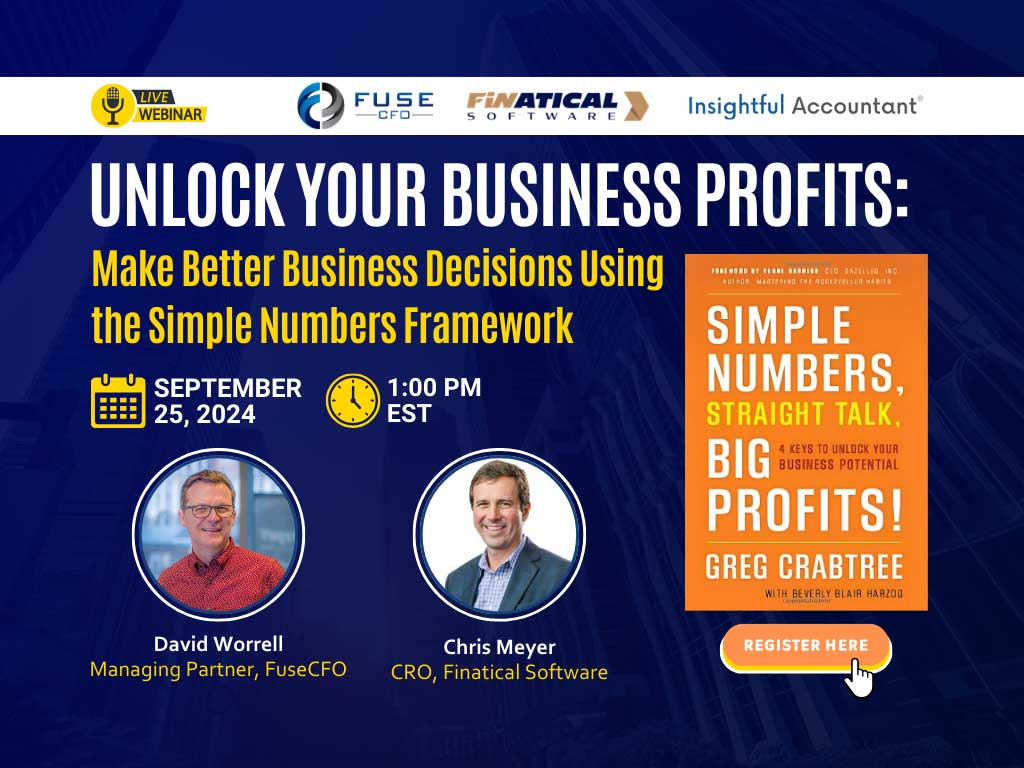
Cash Flow for Contractors: How to Get Paid in the Construction Business…On Time Every Time

In a recent survey of small and medium sized contractors, 72% said they were bogged down with cash flow problems and did not have enough cash to pay themselves regularly every month.
If you’re going to run a profitable contracting company (and have cash left over at the end of the month), you’ve got to know what you’re owed and how to collect it. Construction accounting does not have to be hard, but it does have to be right.
Here’s the 10 rules that will drive better collections and higher profits for contractors:
- Document your accounting policies and procedures. Ensure consistency by writing down the steps to entering bills, invoices, payroll and other common tasks. Good accounting is the bedrock on which you build a profitable contracting business. Don’t cut corners. And remember that accounting staff come and go, but documentation is forever.
- Create budgets for every job. Setting a target and measuring progress keeps project profitability a top priority. Make the budget part of the accounting system to show actual vs. budget and expose issues before they become serious problems.
- Allocate expenses and payroll by job This is essential to understanding true costs and profitability. Set up a fool-proof process for coding expenses to the job. This requires properly documenting the process and making sure the right people are doing the coding.
- Recover the cost of equipment. Every contractor should set a clear methodology to burden each job with the cost of capital equipment. Capital equipment – tools, trucks, etc. — has a useful life measured in operating hours, so make sure that cost is captured as part of the cost of doing each job. Add this to your budget and revisit the burden calculation any time you purchase new equipment.
- Track everyone’s time electronically. There are plenty of mobile apps available to collect time sheets in the field. (TSheets is our favorite.) If you’re using a paper timecard system, you’re
losing time and accuracy. If you need certified payroll for a government job, there are payroll apps for that too. - Manage change orders. One undocumented change order can cost you the profit from an entire job. Properly document change orders and get your customer’s formal written approval. This simple step is the easiest way to assure you make a profit and the best way to increase total revenue.
- Know the billing cycle. Construction billing timetables are very regimented – sub contractors submit invoices by the 20th, GC’s send a pay app to owners by 25th, owners fund GC’s by 10th, GC’s pay subs 15th to 20th. Make sure you have your invoices (or apps or draws) submitted on time. Subs should particularly watch that deadline of the 20th so the prime contractor can bill the project owner by the 25th. Whether you use a pay application, draws, or a schedule of values, cash flow relies on accurate and timely.
- Submit the right info. Commercial GCs love to complain about subcontractors who don’t submit the right paperwork to get paid. The most common problems: subs don’t use the correct forms; they don’t show the retainage deduction; they bill for change orders that have not been approved; and they don’t provide W9s or certificates of insurance for General Liability and Workers Comp coverages. Check these items off your list once and for all.
- Track your retainer. Retainage, typically 5% to 10% of the project cost, is supposed to be held back from each invoice and collected after the project is complete. Contractors need an automated reminder system to make sure the project owner has released the funds. And if your retainage is not paid, be aware that your Lien Rights typically expire 90 to 120 days from the date you last did improvements to the property. A contractor’s lien is a powerful tool to ensure payment since the bank won’t close on the final loan until all liens are dealt with.
- File lien releases on time. Lien releases are required by the bank/lender or the GC to get paid. There are different varieties of lien releases – Conditional, Unconditional, Conditional Partial, Unconditional Partial and more. Releases are a pain in the neck but are also a critical step if you want to get paid.
It’s not enough to build a great building or finish a beautiful job on time: you’ve got to get paid! Construction billing and collections is part of the cash flow game. When you play by the rules, cash comes in on time – and will be in the bank when you need it.
photo credit: Jeanne Menjoulet Manufacture de la mode en construction via photopin (license)


